When it comes to going green, I thought our family was doing pretty well. We shop with reusable bags, turn off lights when we aren’t in a room, do laundry and run our dishwasher during ‘off peak’ hours, and eat/shop local.
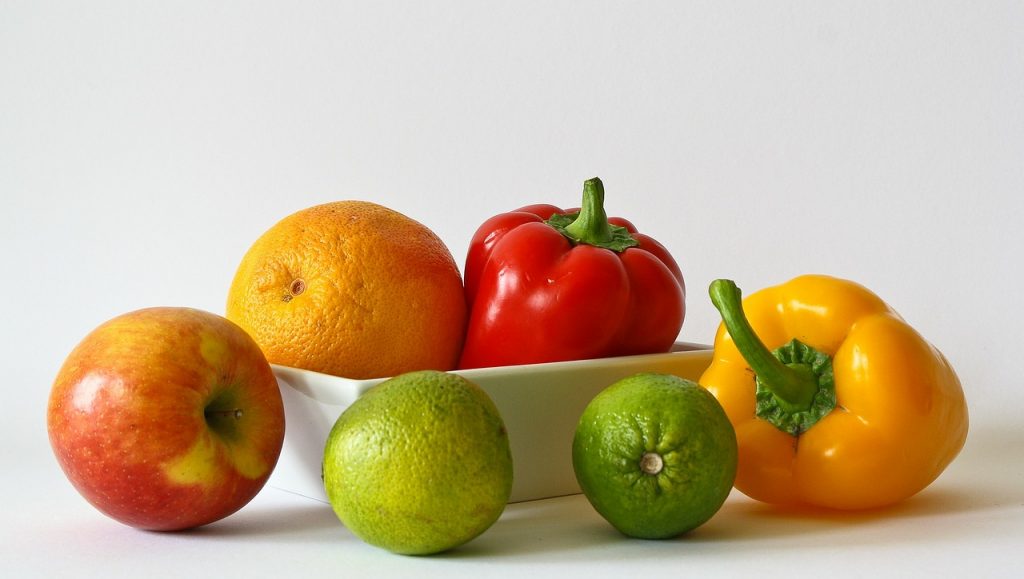
But then I downsized my job, which in turn downsized my salary. That’s when I noticed how much food we were wasting. Like many people I only really thought of waste as I was throwing it out and I had to decide which bin to put it in: the compost bin, the recycling container, or the garbage.
It’s amazing how suddenly having to budget can make you even greener than you were before. Sometimes the wastage was because I overbought fruits and vegetables (good intentions lead to soggy cucumbers at the back of the fridge), while others it was bad meal planning.
I have since become a much better shopper and planner and have a few tips to help you put an end to food wastage.
Plan Your Shopping with Leftovers in Mind
Haven’t we all done it at least once? You have leftovers from the dinner you made but not enough to feed the family the next night, then it sits in the fridge until it eventually makes its way to the compost bin, or worse, the garbage can. Planning your meals and writing a list is step one. The second step is to plan the order in which you’ll make your meals and how you will use any leftovers to incorporate into the next meal.
For example, on Sunday I’ll cook two whole chickens with rice, and a salad. The following day I may make burritos which uses up the rest of the chicken and rice, or a chicken soup with rice.
On Tuesday I will make chicken burgers and on Wednesday I’ll use the rest of the ground chicken to make meatballs for spaghetti.
It takes a bit more planning but since I started doing this our food wastage dropped dramatically.
Take Stock Before You Shop
In my pantry I currently have two jars of dill and three of curry powder. This is a testament to my lack of shopping organizational skills.
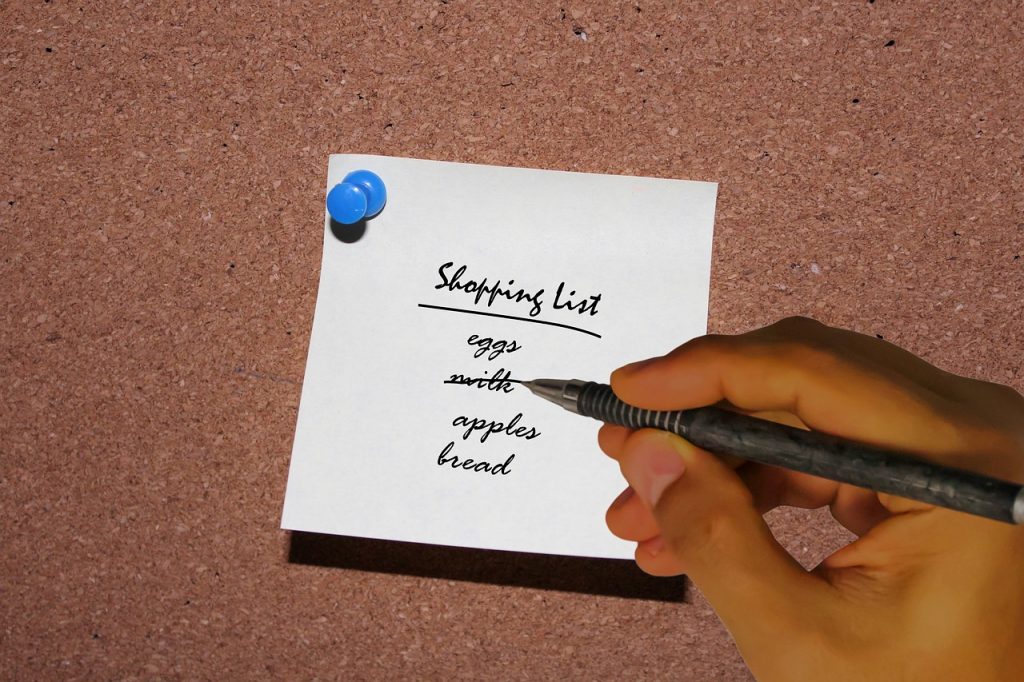
Learn from my mistake and the day before you shop, take stock of what is in your fridge, freezer, and pantry, that way you aren’t buying more of items you already have on hand.
You Can Save Many of the Vegetables You’ve Been Throwing Out
What do one quarter of an onion, carrot peelings, celery tops, and beet greens have in common?
They are all things you can save and freeze to make a really great vegetable stock once you have enough.
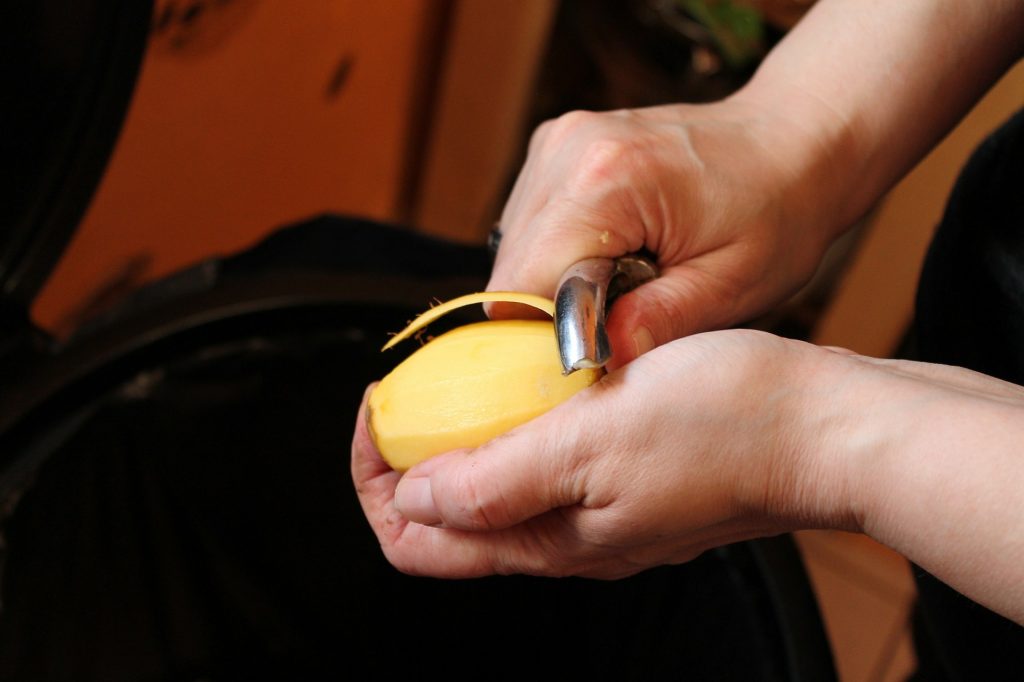
Simply wash any scraps, cut into similar sizes, then store in the freezer until ready for use. Ideally you want to save about three to four cups of vegetables to make the stock.
Note: Some veggies are better than others for stock. Stay away from cabbage and other cruciferous vegetables like broccoli, cauliflower, and brussel sprouts.
Get The Right Compost Bin
No matter what you do, there will always be food wastage so you want to send that waste to a compost facility where it can be turned into nutrient dense soil and not a landfill where it will make methane gas.
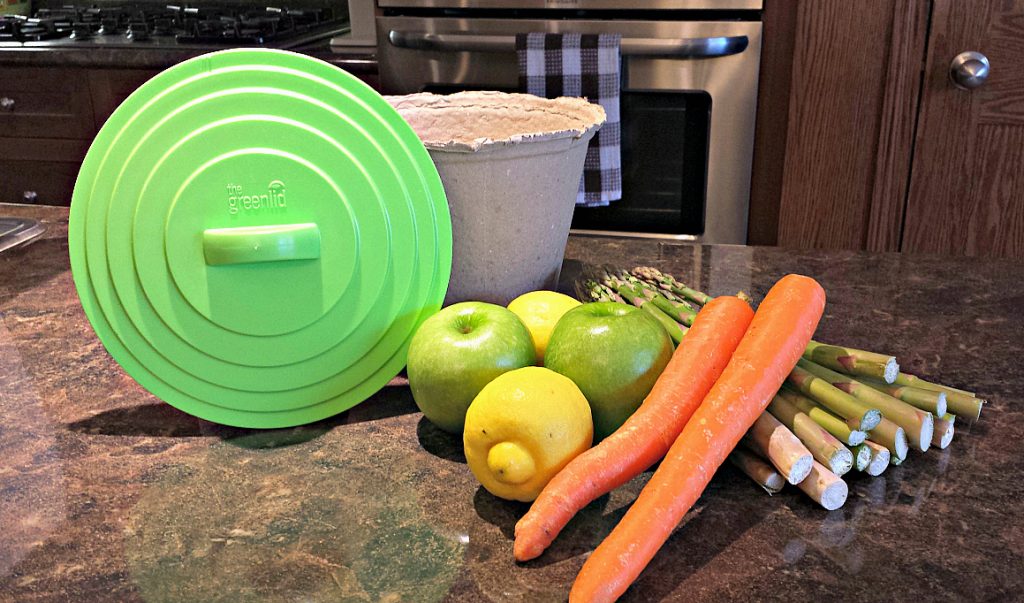
Fast Fact: Unused food that ends up in landfills is one of the main sources of greenhouse gases.
There were three things that were wrong with the way our family was composting food waste:
No. 1) Originally, we had a simple plastic container in which we placed compostable plastic bags. My husband liked to put an elastic band around the top of the container to hold the bag in place. I did not like this AT ALL because when I would try to remove the bag, the elastic band would inevitably snap off. I had had enough of being snapped by random flying elastics.
No. 2) Our dog Ella had learned how to open the lid with her nose. There is nothing pretty about a large Golden Lab who is bloated and sick from eating food scraps she wasn’t supposed to eat.
No. 3) The bags leak and guess who gets to clean up the mess?
Enter Greenlid. Greenlid is Canadian made by two brothers from Brockville and is the first fully compostable compost bin scientifically designed to be smell and leak resistant. It can actually hold water for over three weeks so I decided to put it to the test. I filled one of my Greenlid containers with water, placed it on my laptop and let it sit for 36 hours.
Ta da!
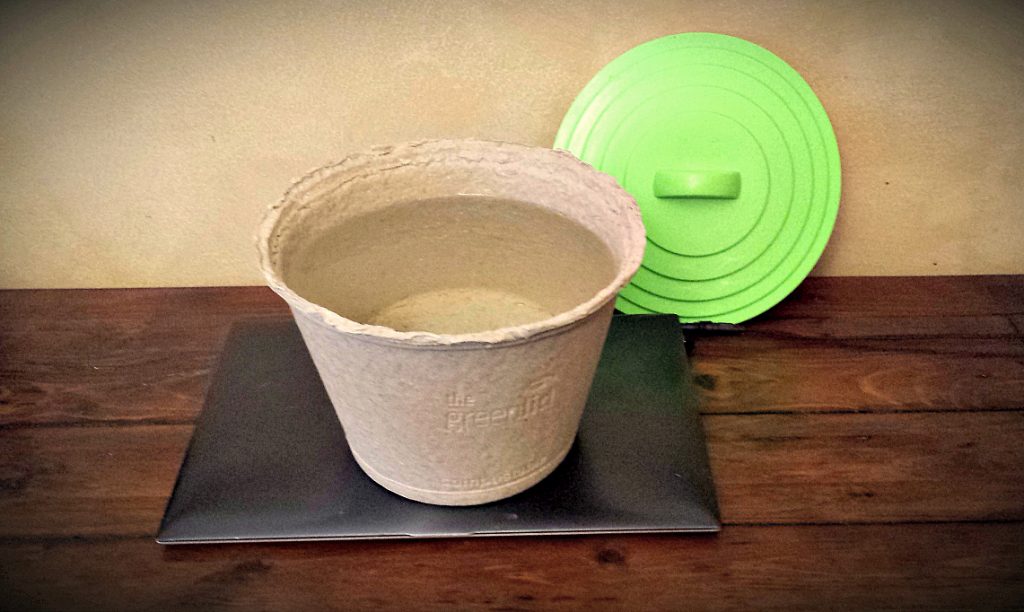
What I like about Greenlid is that it’s made entirely in Canada and from recycled paper products that can’t be used for anything else. Plus, it is far more convenient than what we had used in the past and I don’t have to worry about cleaning up leaks or ever being snapped by an elastic band ever again.
Want to get started on reducing kitchen waste in your own home? Enter below for a chance to win 1 of 5 Greenlid Starter Packs and a $50 Visa gift card! Complete the actions of your choice to earn entries, contest closes April 28, 2017. Full details below!
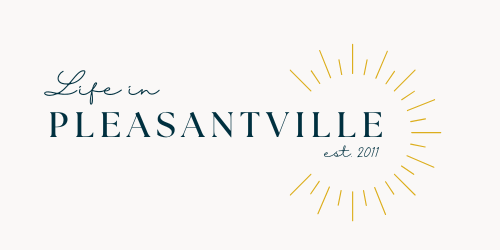
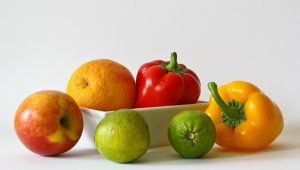
 Is it Possible to Be Too Canadian? Take our handy quiz, eh.
Is it Possible to Be Too Canadian? Take our handy quiz, eh.
toandfroblog
Since welcoming our daughter last year, our budget has been pretty tight. Similar to your situation, it has really opened my eyes to just how much food has been going waste. Even though we’ve changed our habits in the kitchen and at the grocery store, food does occasionally still go to waste. We love our Greenlid bin because it gives us peace of mind that even though we are creating waste, we are not contributing to landfill or greenhouse gas production.